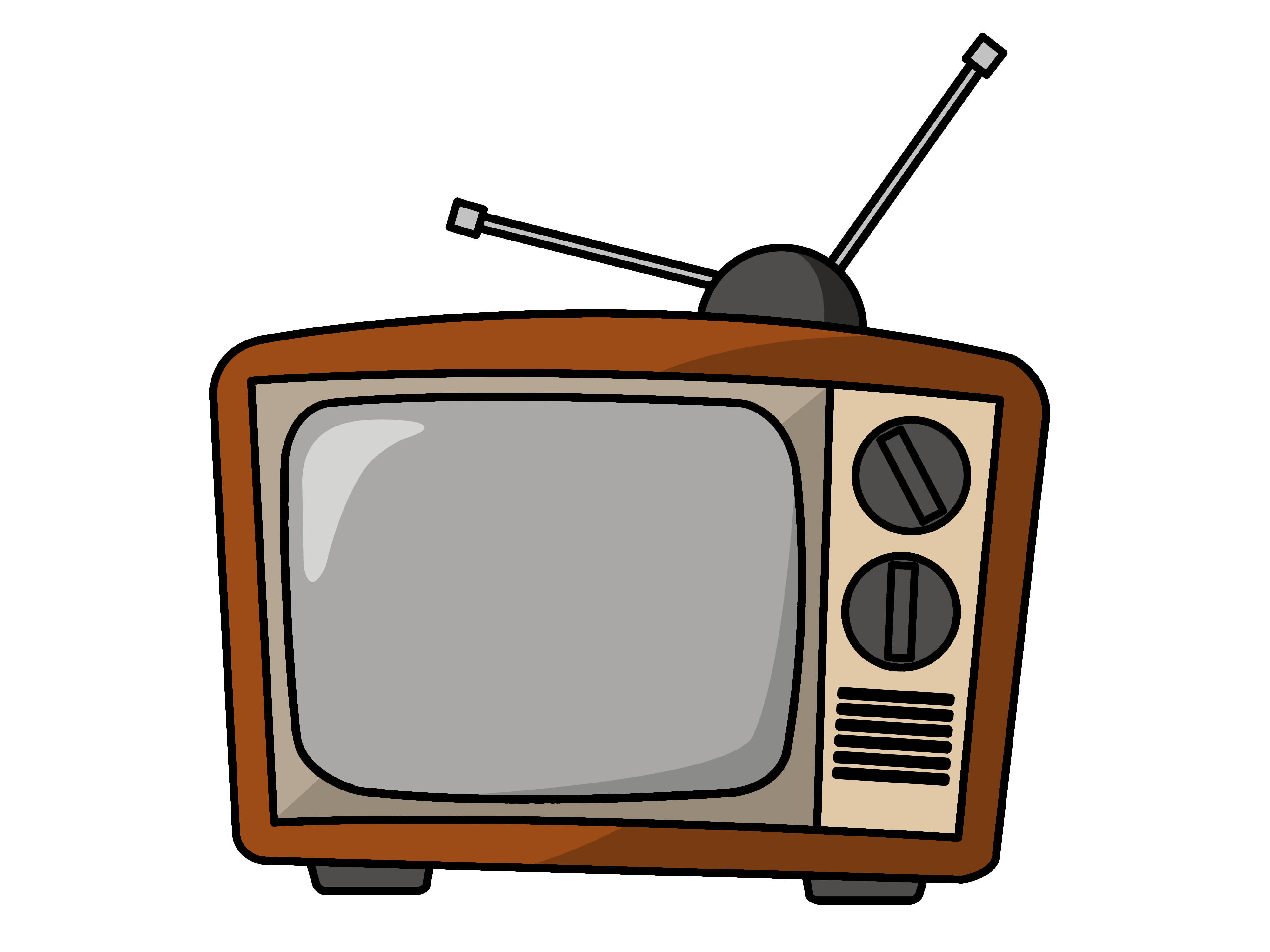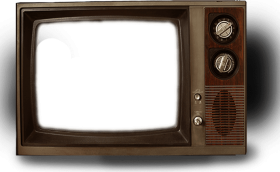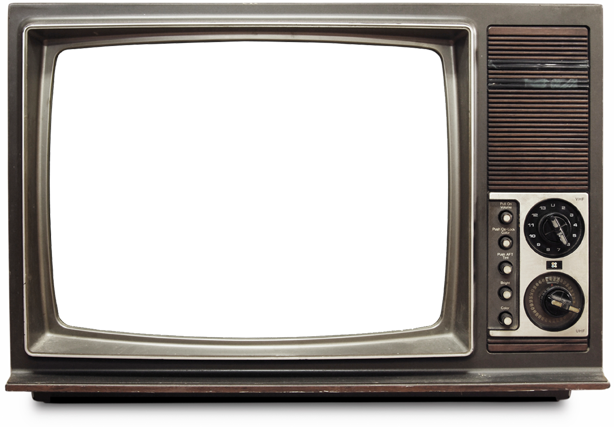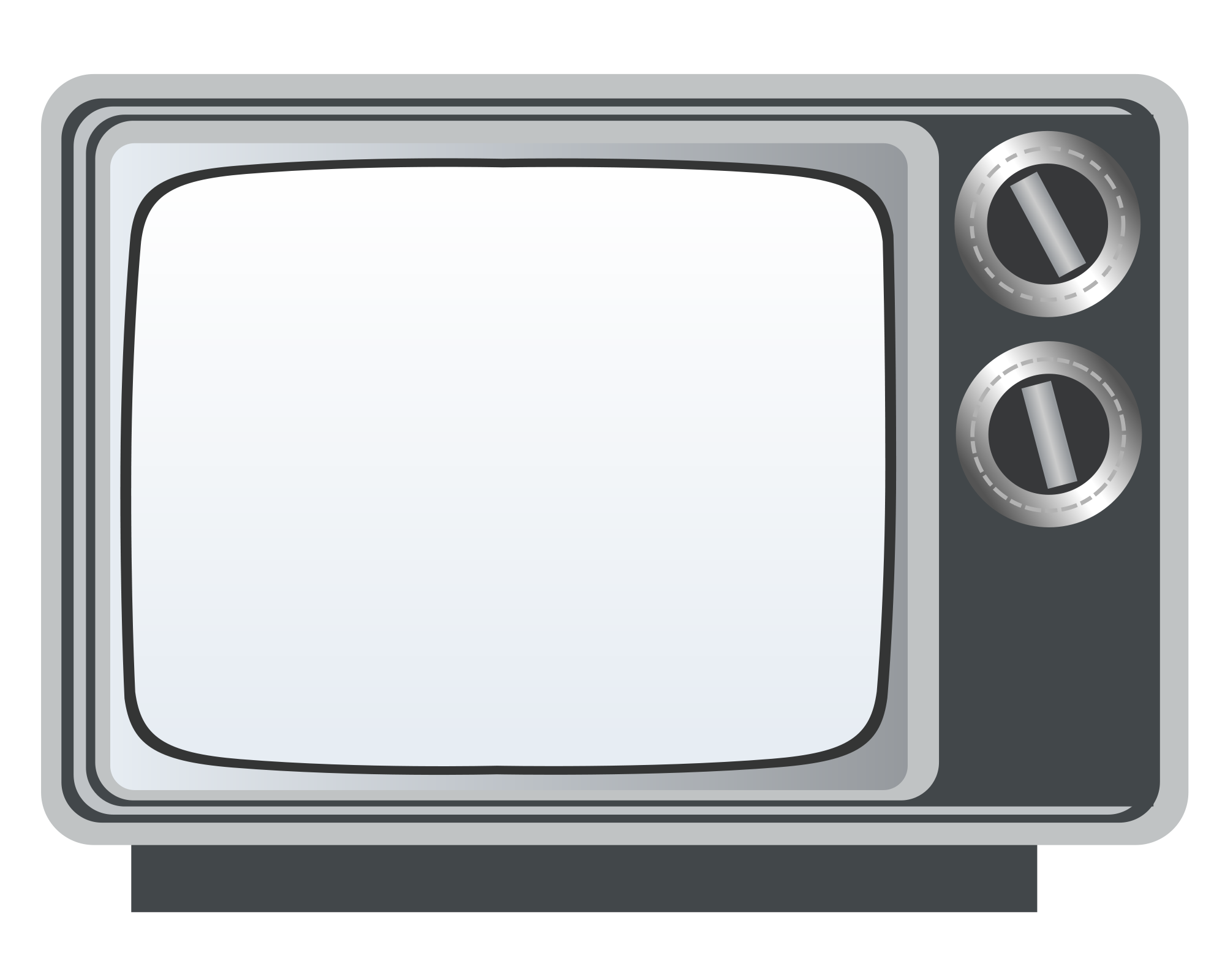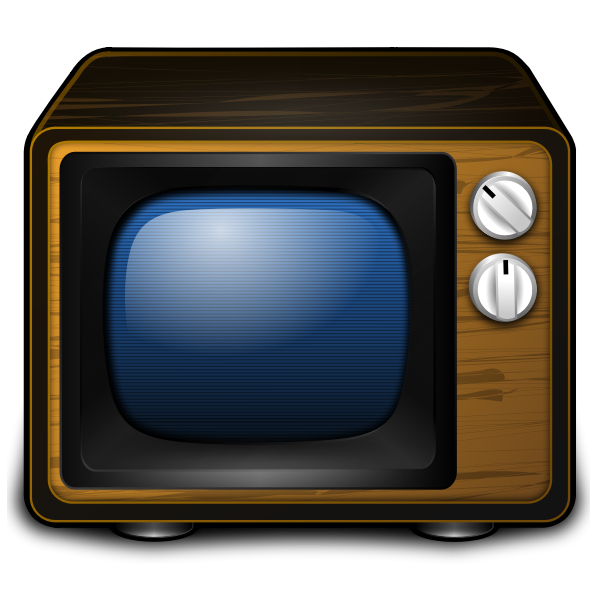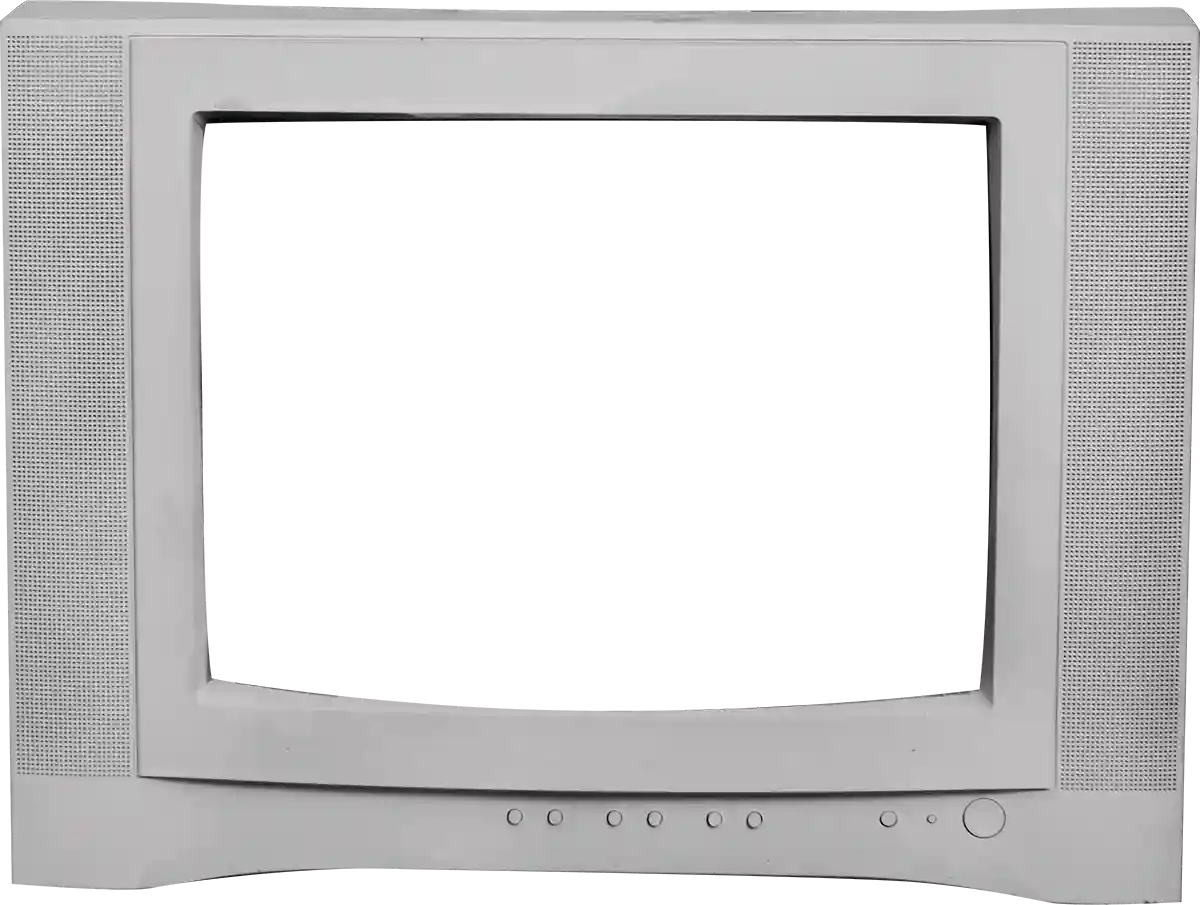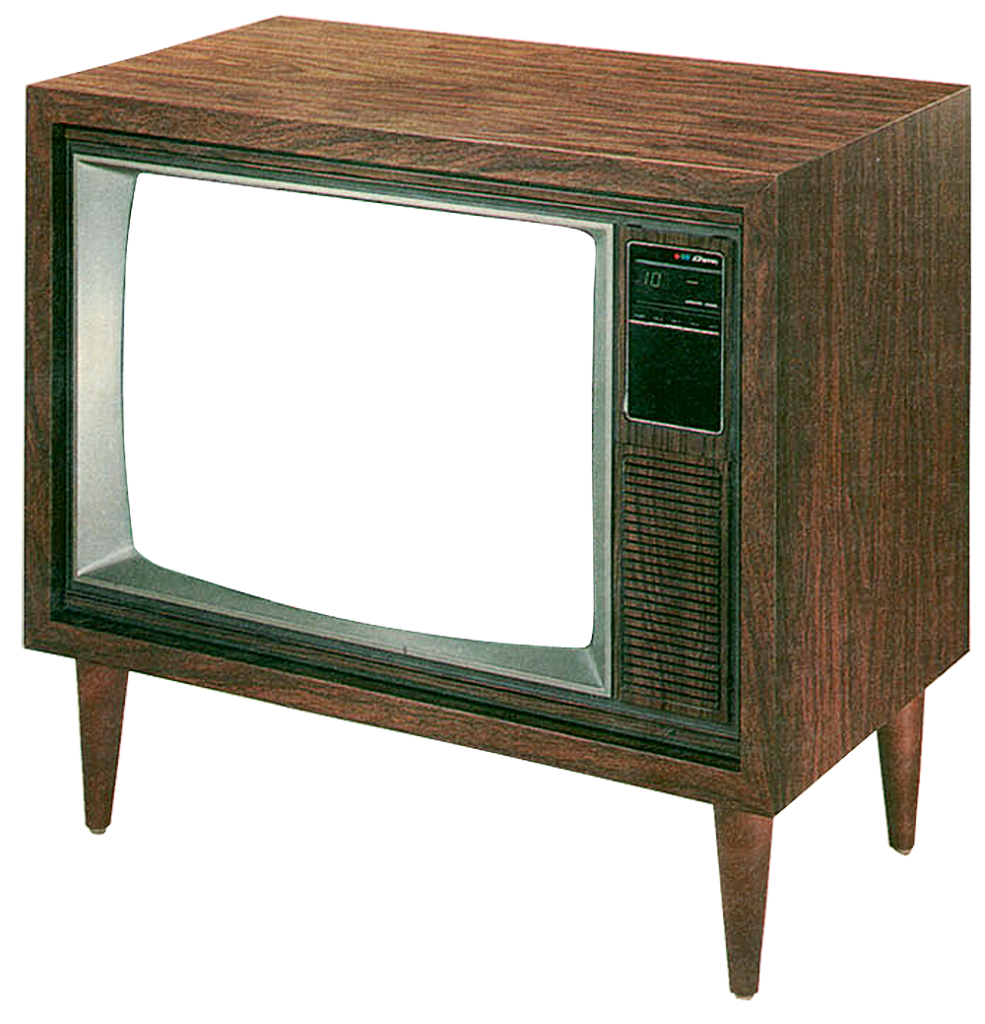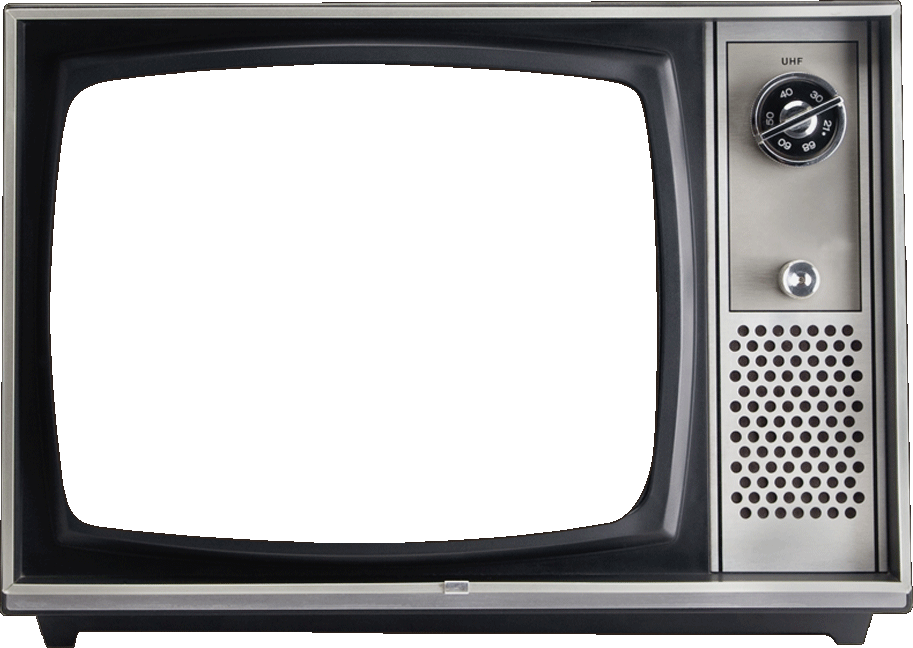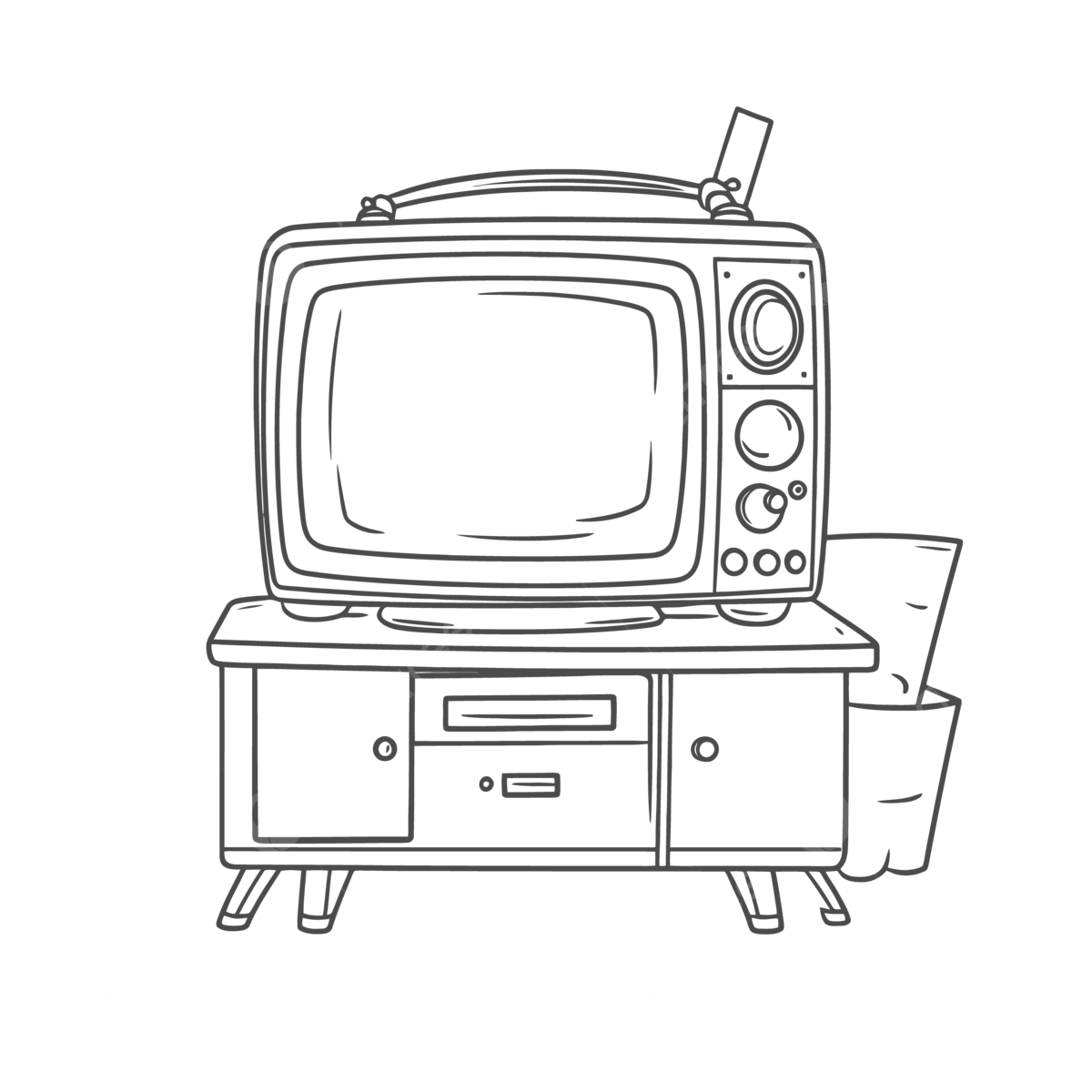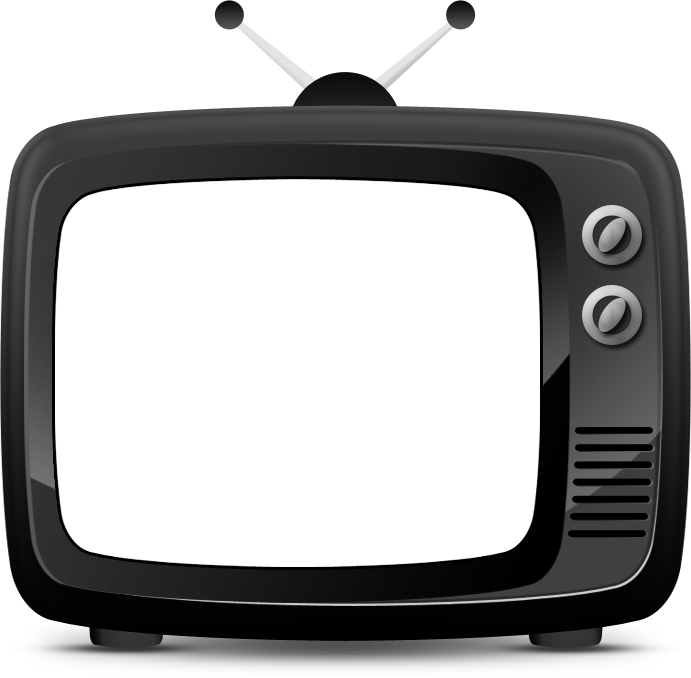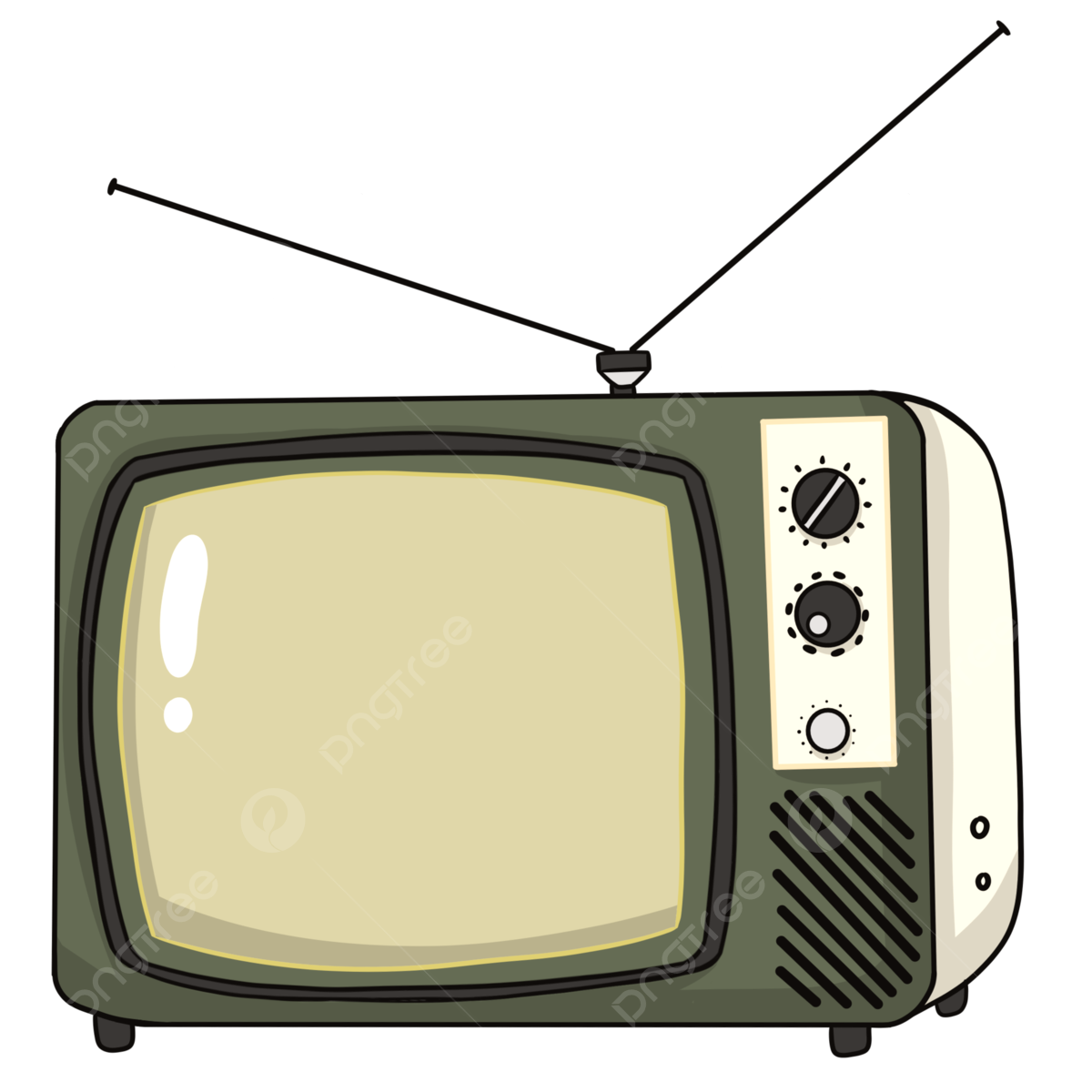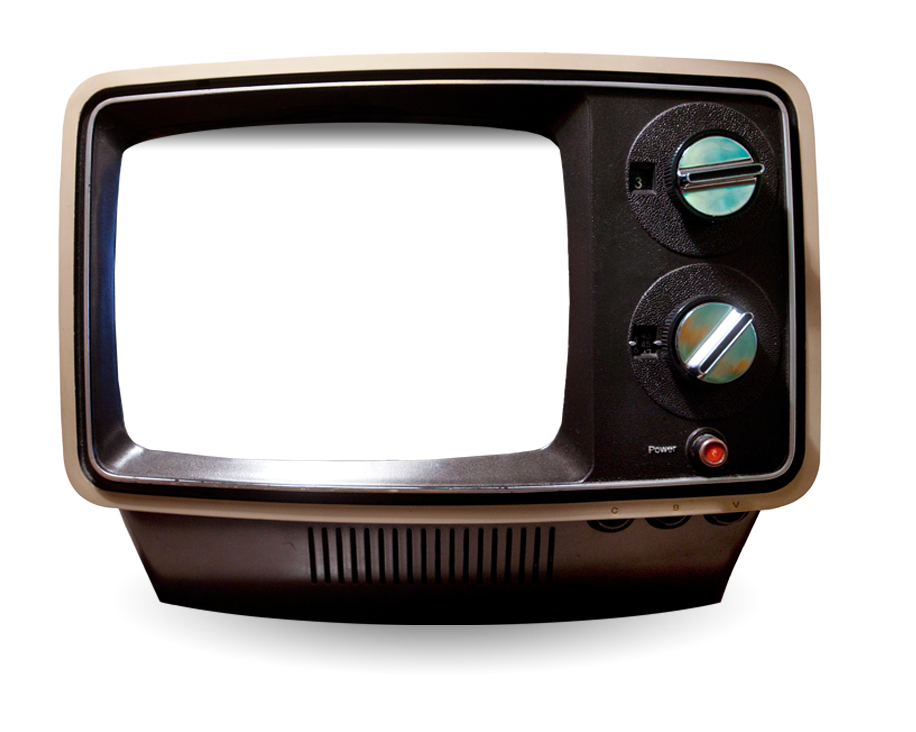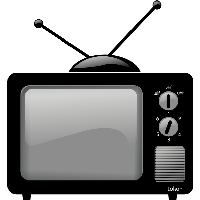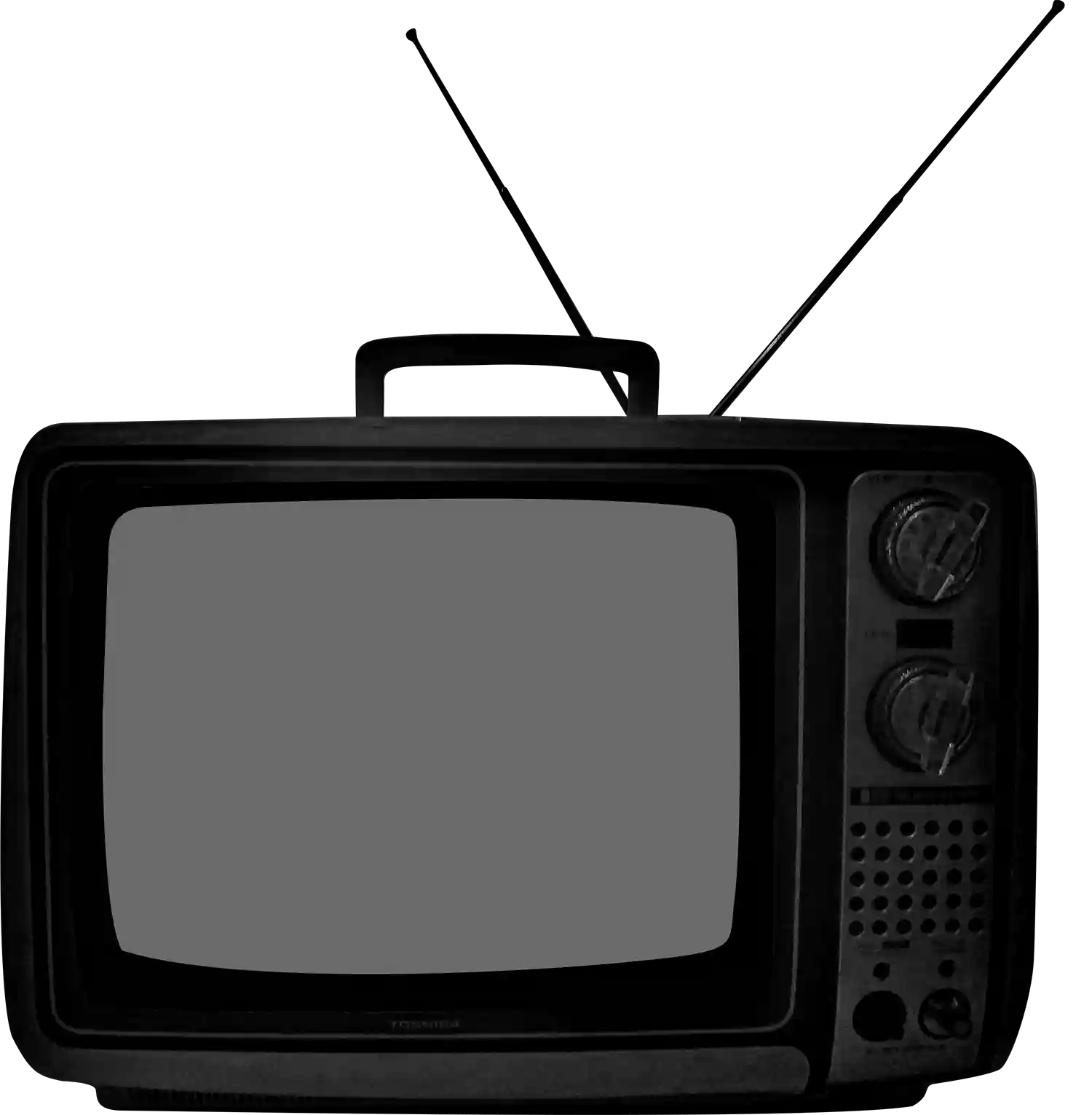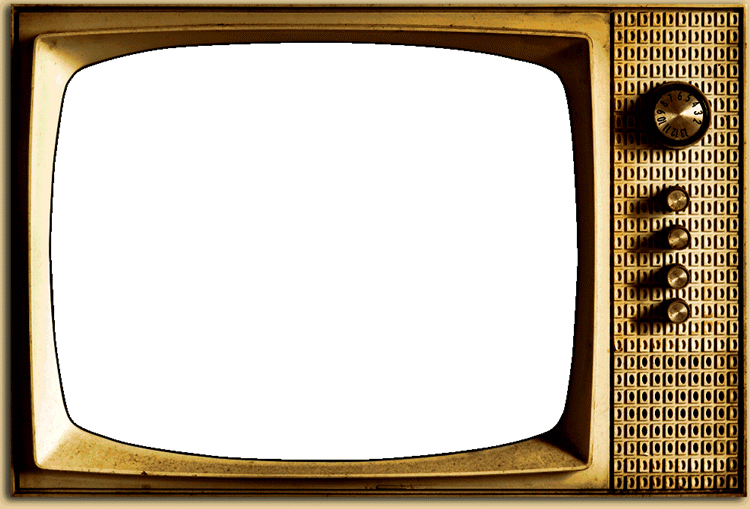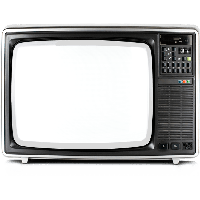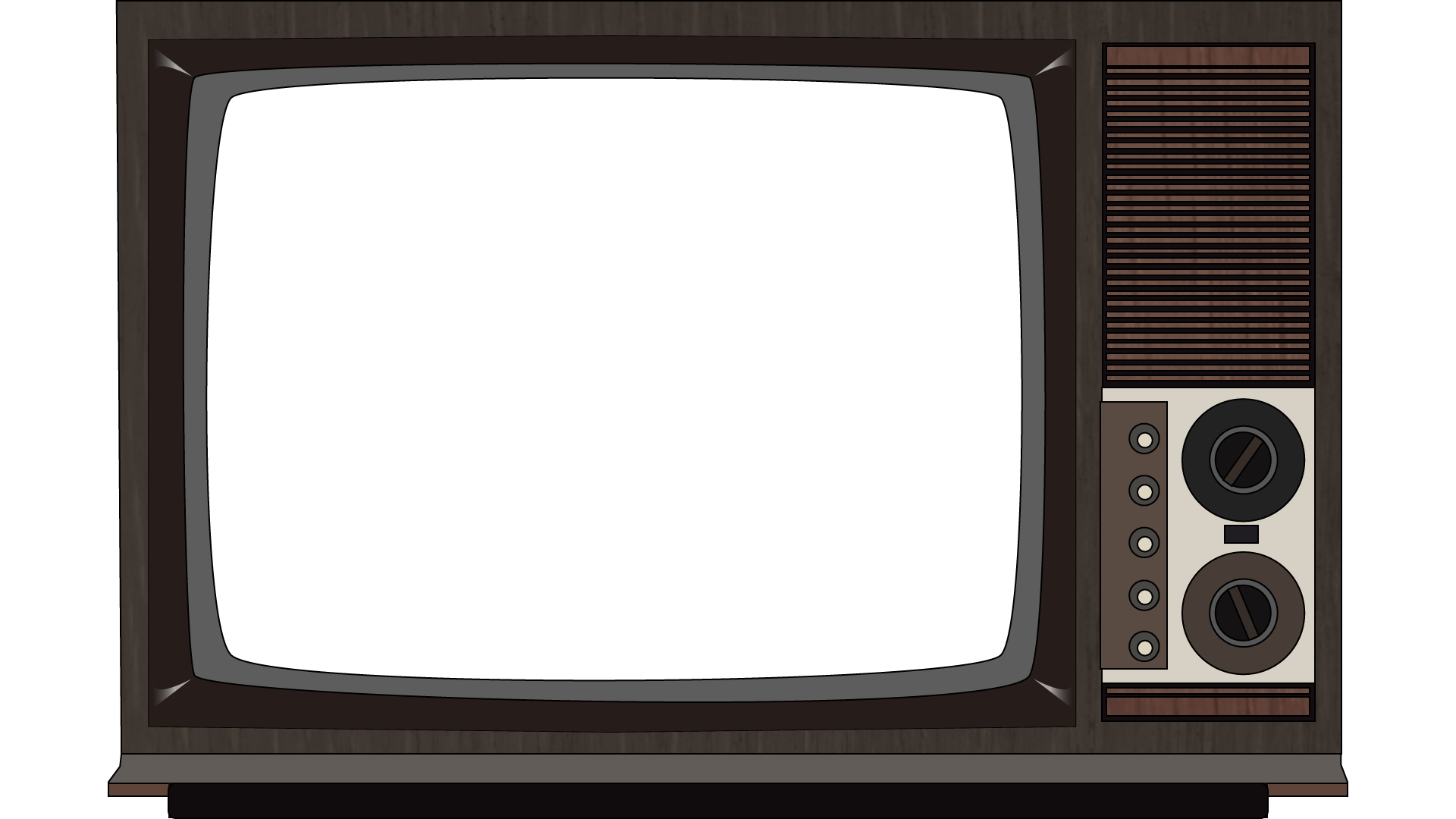Download top and best high-quality free Old TV PNG Transparent Images backgrounds available in various sizes. To view the full PNG size resolution click on any of the below image thumbnail.
License Info: Creative Commons 4.0 BY-NC
The television has come a long way from its inception. From the humble beginnings of black and white screens to the modern-day smart TVs, it has undergone multiple transformations. In this era of continuous technological evolution, it is interesting to take a look back at the old TV, which was a part of the childhood and teenage memories of many individuals.
The Invention of the Television
The first mechanical TV was invented by John Logie Baird in 1925. It was known as the “televisor” and could only transmit images in monochrome.
In the United States, the invention of the TV is credited to Philo Farnsworth, who created the first fully electronic television system in the 1920s. It wasn’t until the 1950s that it became a common household item.
The Evolution of the TV
The old TV faced many transformations, starting from its screen resolution to its shape and size. During the 1940s and 1950s, the standard format for the TV was 4:3, with black and white images. The screens were typically made of glass and provided very low resolution.
As the technological advancements occurred, the size of the TV also expanded with it. During the 1960s, a new color technology was introduced, which took the viewing experience to a new level. The colors were initially available in CRT (cathode ray tube) TVs, but as time progressed, newer technologies resulted in flat-screen TVs becoming the norm.
Along with the screen’s size, the aspect ratio also changed. From the original 4:3 aspect ratio, it evolved to 16:9, which enabled the users to enjoy a more cinematic experience while watching movies and TV shows.
The Features of Old TVs
The old TV had a variety of features that made it a valuable addition to the household. It had antenna inputs and was able to support AM/FM radio feeds as well. In the early days, the TVs required an external antenna for receiving the signals, which were later replaced by the in-built antennas.
The old TVs were also equipped with a composite input, which was used to connect devices like VCRs and DVD players. This feature meant that people could watch their favorite movies without having to visit a theater. These TVs were also equipped with knobs and buttons that allowed users to change the channels and shift between inputs.
The Nostalgia Factor Associated with Old TVs
For many individuals, old TVs hold a strong nostalgic value. For those who experienced life with old TVs, it was more than just a mechanical device. It was a part of everyday life, and it played a significant role in building family bonds. Many children waited eagerly for their favorite shows to air, and elders would get together to watch their favorite sports team play. Even after today’s technological advancements, nothing can replace the old TV’s simplicity and significance.
Wrapping it up
The old TV was an irreplaceable part of the previous generation’s daily life. The advent of newer technology may have made viewing experiences more vivid, but it cannot replace the bond that people shared with their old TVs. The nostalgia factor associated with old TVs carries on, even as modern TVs dominate the market.
Download Old TV PNG images transparent gallery
- Old Tv PNG Pic
Resolution: 4000 × 3000
Size: 280 KB
Image Format: .png
Download
- Old Tv PNG Picture
Resolution: 280 × 172
Size: 51 KB
Image Format: .png
Download
- Old Tv PNG
Resolution: 614 × 427
Size: 231 KB
Image Format: .png
Download
- Old Tv Transparent
Resolution: 360 × 360
Size: 5 KB
Image Format: .png
Download
- Old Tv
Resolution: 2000 × 1600
Size: 131 KB
Image Format: .png
Download
- Old Tv Background PNG
Resolution: 600 × 600
Size: 145 KB
Image Format: .png
Download
- Old Tv No Background
Resolution: 1200 × 905
Size: 38 KB
Image Format: .webp
Download
- Old Tv PNG Background
Resolution: 512 × 512
Size: 10 KB
Image Format: .png
Download
- Old Tv PNG Clipart
Resolution: 985 × 1024
Size: 985 KB
Image Format: .png
Download
- Old Tv PNG Cutout
Resolution: 913 × 648
Size: 360 KB
Image Format: .png
Download
- Old Tv PNG File
Resolution: 200 × 200
Size: 1 KB
Image Format: .png
Download
- Old Tv PNG Free Image
Resolution: 1200 × 1200
Size: 135 KB
Image Format: .png
Download
- Old Tv PNG HD Image
Resolution: 691 × 678
Size: 94 KB
Image Format: .png
Download
- Old Tv PNG Image File
Resolution: 1200 × 1200
Size: 270 KB
Image Format: .png
Download
- Old Tv PNG Image HD
Resolution: 916 × 732
Size: 634 KB
Image Format: .png
Download
- Old Tv PNG Image
Resolution: 200 × 200
Size: 9 KB
Image Format: .png
Download
- Old Tv PNG Images HD
Resolution: 1500 × 1531
Size: 26 KB
Image Format: .webp
Download
- Old Tv PNG Images
Resolution: 750 × 509
Size: 274 KB
Image Format: .png
Download
- Old Tv PNG Photo
Resolution: 200 × 200
Size: 32 KB
Image Format: .png
Download
- Old Tv PNG Photos
Resolution: 1920 × 1080
Size: 279 KB
Image Format: .png
Download
